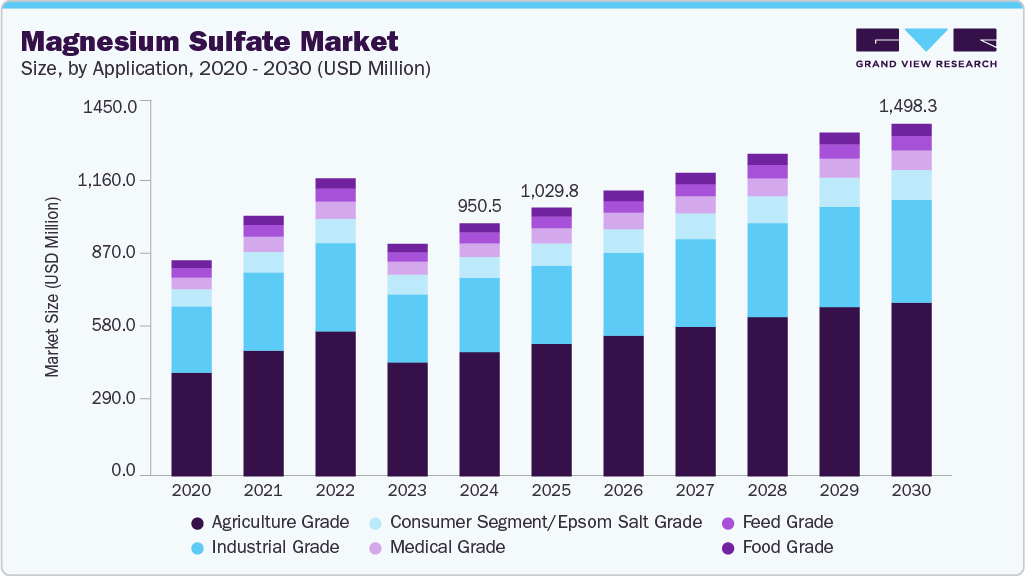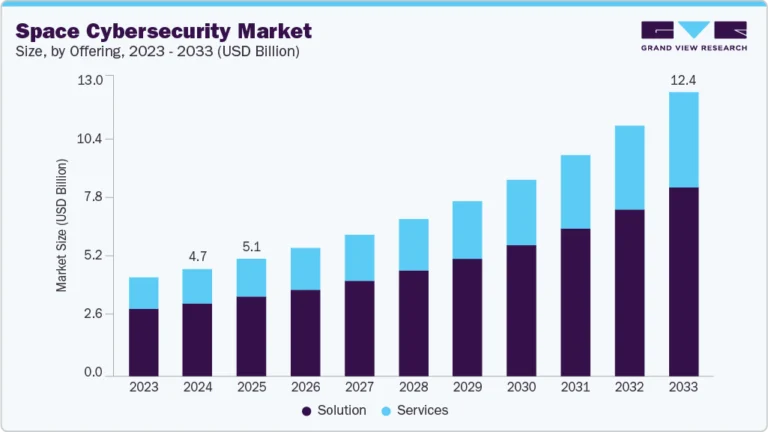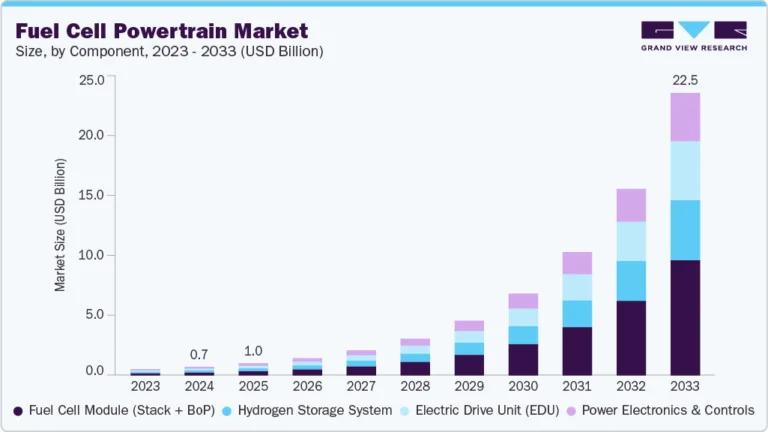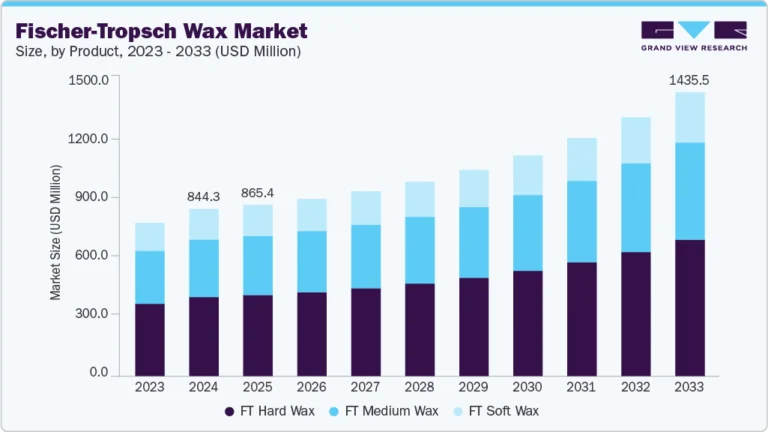Magnesium Sulfate Market Size, Share & Trends Analysis growing at a CAGR of 7.8% from 2025 to 2030

The global magnesium sulfate market size was estimated at USD 950.5 million in 2024 and is projected to reach USD 1,498.3 million by 2030, growing at a CAGR of 7.8% from 2025 to 2030. The industry is being shaped by a confluence of macroeconomic trends, sector-specific demands, and sustainability imperatives.
Key Market Trends & Insights
- Europe magnesium sulfate market held the largest revenue share of 45.1% in 2024.
- Germany magnesium sulfate market is driven by its advanced agricultural practices, strong industrial base, and high demand across the pharmaceutical and personal care sectors.
- By application, agriculture grade magnesium held the largest revenue share of over 48.0% in 2024.
Market Size & Forecast
- 2024 Market Size: USD 950.5 Million
- 2030 Projected Market Size: USD 1,498.3 Million
- CAGR (2025-2030): 7.8%
- Europe: Largest market in 2024
- North America: Fastest growing market
Request a free sample copy or view report summary: https://www.grandviewresearch.com/industry-analysis/magnesium-sulfate-market-report/request/rs1
As industries and governments increasingly prioritize efficient nutrient management, clean production processes, and mineral-based health solutions, magnesium sulfate’s multifaceted functionality is positioning it as a critical input across agriculture, pharmaceuticals, personal care, and industrial manufacturing. Rising awareness about soil micronutrient deficiencies, particularly magnesium, is catalyzing the adoption of magnesium sulfate-based fertilizers in both conventional and precision farming systems.
Simultaneously, the inclusion of injectable magnesium sulfate in essential drug lists and protocols for maternal health is creating a stable demand base in the medical sector. From a production standpoint, the growing viability of brine-based extraction driven by cost efficiency, resource circularity, and environmental regulations has reinforced magnesium sulfate’s competitiveness against mined alternatives. A major structural challenge in the market is the lack of uniform product standards and certification protocols across geographies, especially for agricultural and industrial grades. While pharmaceutical and food-grade magnesium sulfate is governed by stringent international standards such as USP (United States Pharmacopeia), BP (British Pharmacopoeia), or FCC (Food Chemicals Codex), the same level of oversight is not consistently applied to agro-grade and technical-grade variants.
The opportunity is especially potent in countries that heavily rely on desalination or coastal industrial infrastructure. The Middle East and North Africa (MENA) region, for example, is home to some of the world’s largest desalination capacities, with Saudi Arabia, UAE, Qatar, and Oman collectively operating over 50% of the GCC’s desalination output. These countries are investing in national circular economy visions, and brine valorization fits neatly within that framework. In an era of ESG reporting, carbon accountability, and resource sustainability, recovering magnesium sulfate from brine is more than just a technical process; it’s a reputational and regulatory asset. Companies and governments alike are under pressure to demonstrate responsible water stewardship, especially in high-extraction sectors like desalination, oil & gas, and mining.






